Korg XE20SP Digital Ensemble Piano

£979.99
Korg XE20SP Digital Ensemble Piano Price comparison






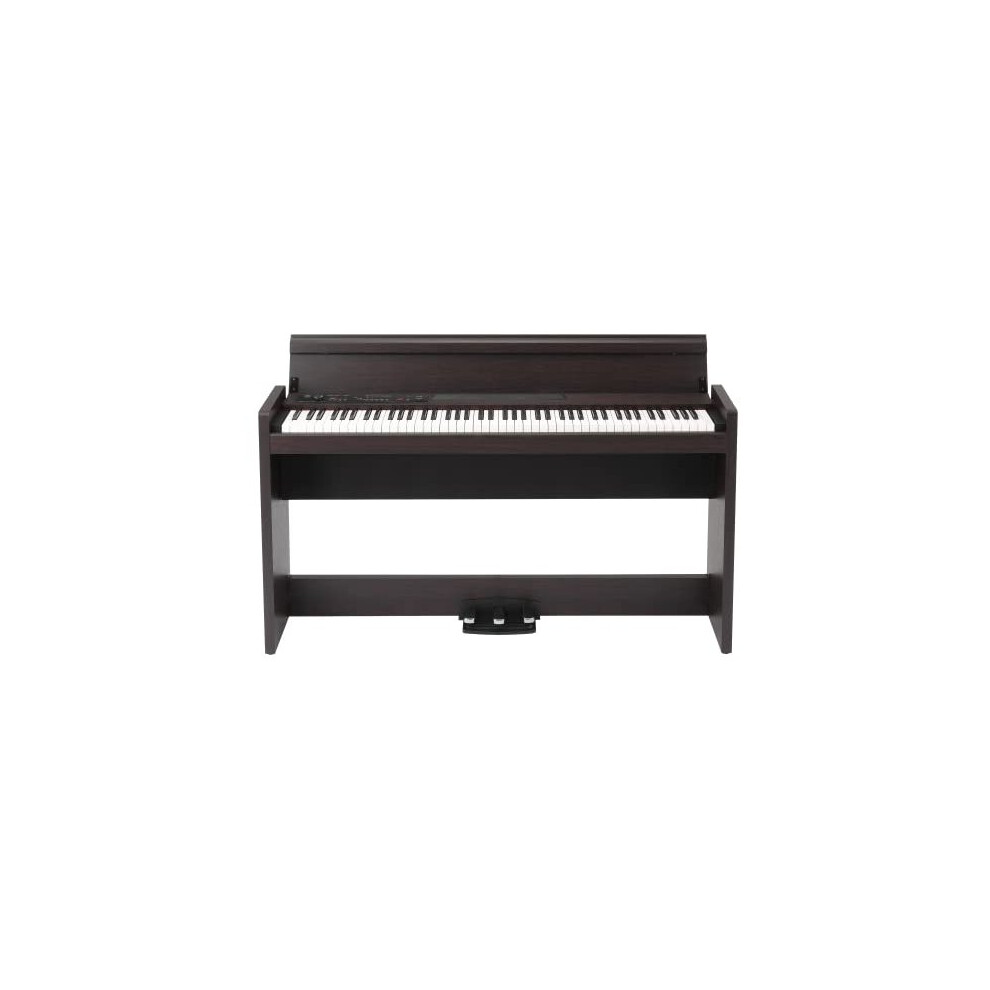
- All prices mentioned above are in United States dollar.
- This product is available at OnBuy.com, Currys.co.uk, Wallis.co.uk, Wayfair.co.uk, Muziker.com.
- At onbuy.com you can purchase Sustain Pedal Polarity Switch for Piano Keyboard, 150cm Cable for only $20.10
- The lowest price of LP380U Digital Piano with Stand Rosewood Grain Finish was obtained on November 10, 2025 17:30.
Korg XE20SP Digital Ensemble Piano Price History
Korg XE20SP Digital Ensemble Piano Description
Korg XE20SP Digital Ensemble Piano: Elevate Your Music Experience
The Korg XE20SP Digital Ensemble Piano is a versatile, high-quality instrument designed for musicians of all skill levels. With its 88-key layout, impressive sound features, and sleek design, this piano stands out in its category. Whether you’re a beginner or an experienced player, the XE20SP offers the perfect blend of performance and playability.
Key Features and Benefits
- 88-Key Full Size: Experience a realistic playing surface that mimics an acoustic piano, making it ideal for both practice and performance.
- Lightweight Design: Weighing only 25.1 pounds, the XE20SP is easy to transport, allowing you to take your music anywhere.
- Advanced Connectivity: Featuring USB 3.0 Type B and Type A ports, along with traditional 1/4-inch and 3.5mm audio outputs, sync up with computers and audio devices effortlessly.
- 18 Watts Output: Enjoy rich, powerful sound that fills your space, perfect for intimate gatherings or larger performances.
- Stylish Appearance: With a sleek black design, this digital piano will complement any decor, blending elegance with functionality.
Price Comparison Across Suppliers
The Korg XE20SP Digital Ensemble Piano showcases competitive pricing across various suppliers. As of now, you can find this product at a range of prices, ensuring that you can choose the option that best fits your budget. With price comparisons available, you can easily see how much each retailer charges and select the best deal to maximize your investment.
Trends from the 6-Month Price History Chart
An analysis of the 6-month price history chart indicates a trend of moderate price fluctuations. Observing these trends can help you buy when prices dip, ultimately saving you money. Keeping an eye on this historical data allows you to make more informed purchasing decisions.
Summarized Customer Reviews
Customer feedback on the Korg XE20SP has been largely positive, highlighting several outstanding features:
- Sound Quality: Users praise the rich tones and realistic sound, likening it to an acoustic piano experience.
- Affordability: Many customers note the XE20SP offers excellent value for its features, especially when compared to other digital pianos.
- Ease of Use: The user-friendly interface makes it approachable for beginners, yet versatile enough for seasoned players.
However, a few drawbacks have been mentioned:
- Some users find the speaker volume to be lower than expected for larger spaces.
- A handful of customers reported that the weight, while manageable, can be cumbersome for frequent mobile gigs.
Explore Unboxing and Review Videos
For a more hands-on perspective of the Korg XE20SP Digital Ensemble Piano, check out several unboxing and review videos available on YouTube. These videos provide real-time feedback as users explore the piano’s features, set-up processes, and performance capabilities. Watching these can help solidify your decision and provide insights into how this piano performs in different settings.
With its combination of quality, portability, and advanced features, the Korg XE20SP is an impactful addition to any musician’s toolkit. Its competitive pricing and user-friendly setup make it a top choice for anyone looking to invest in a digital piano.
Ready to enhance your musical journey? Compare prices now!
Korg XE20SP Digital Ensemble Piano Specification
Specification: Korg XE20SP Digital Ensemble Piano
|
Korg XE20SP Digital Ensemble Piano Reviews (8)
8 reviews for Korg XE20SP Digital Ensemble Piano
Only logged in customers who have purchased this product may leave a review.

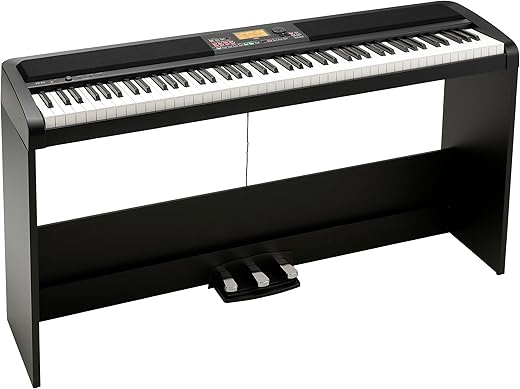
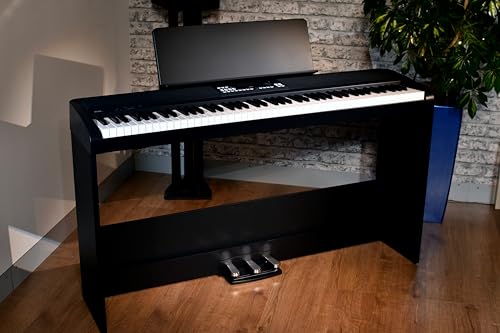
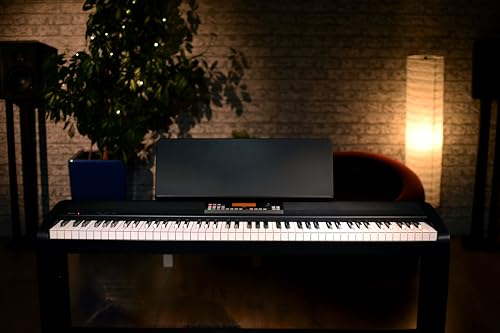

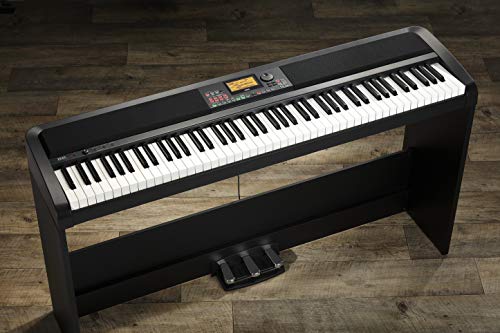
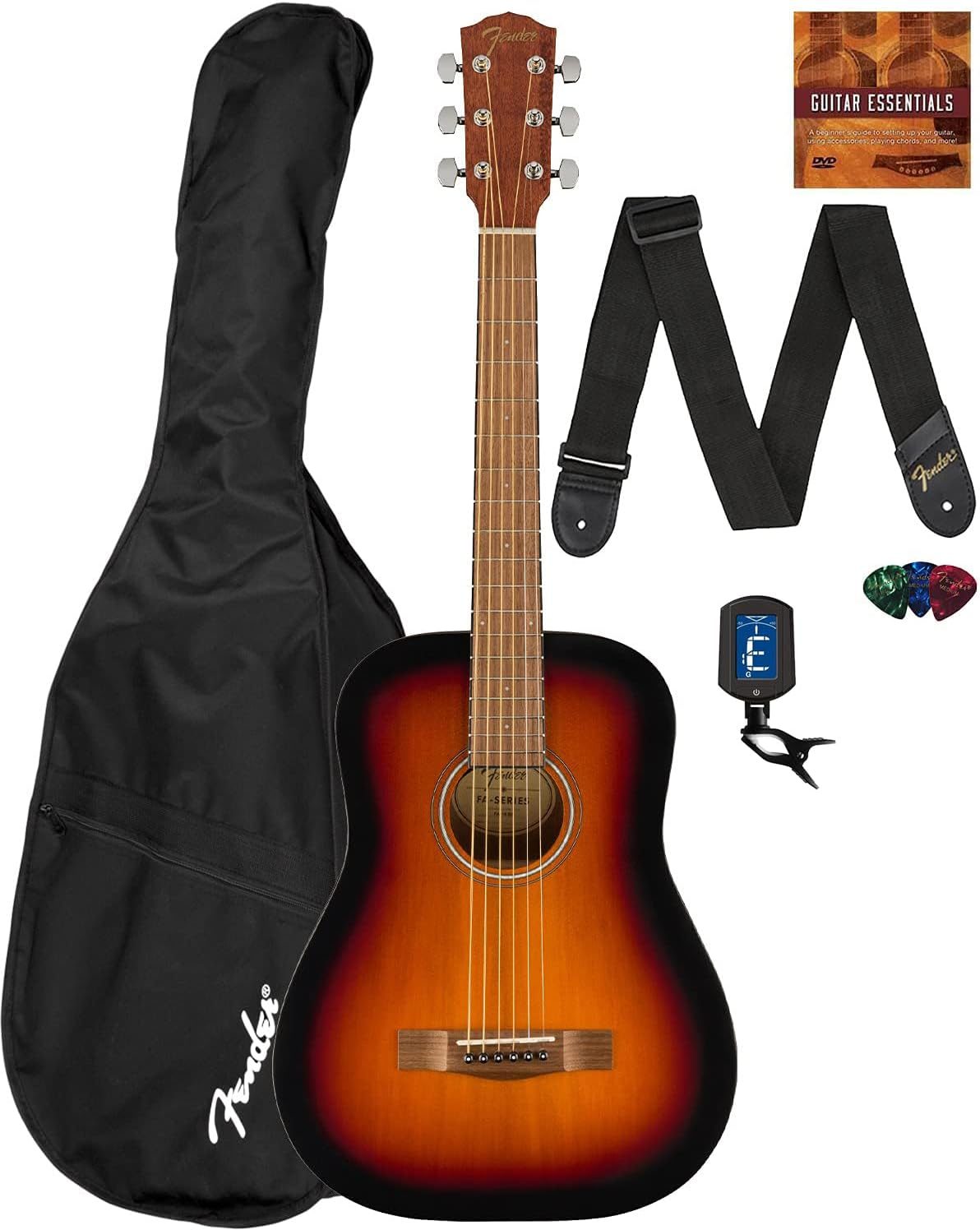

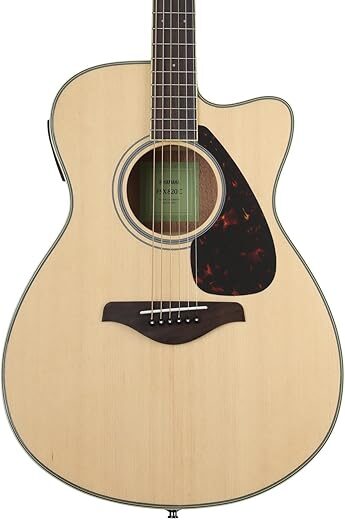
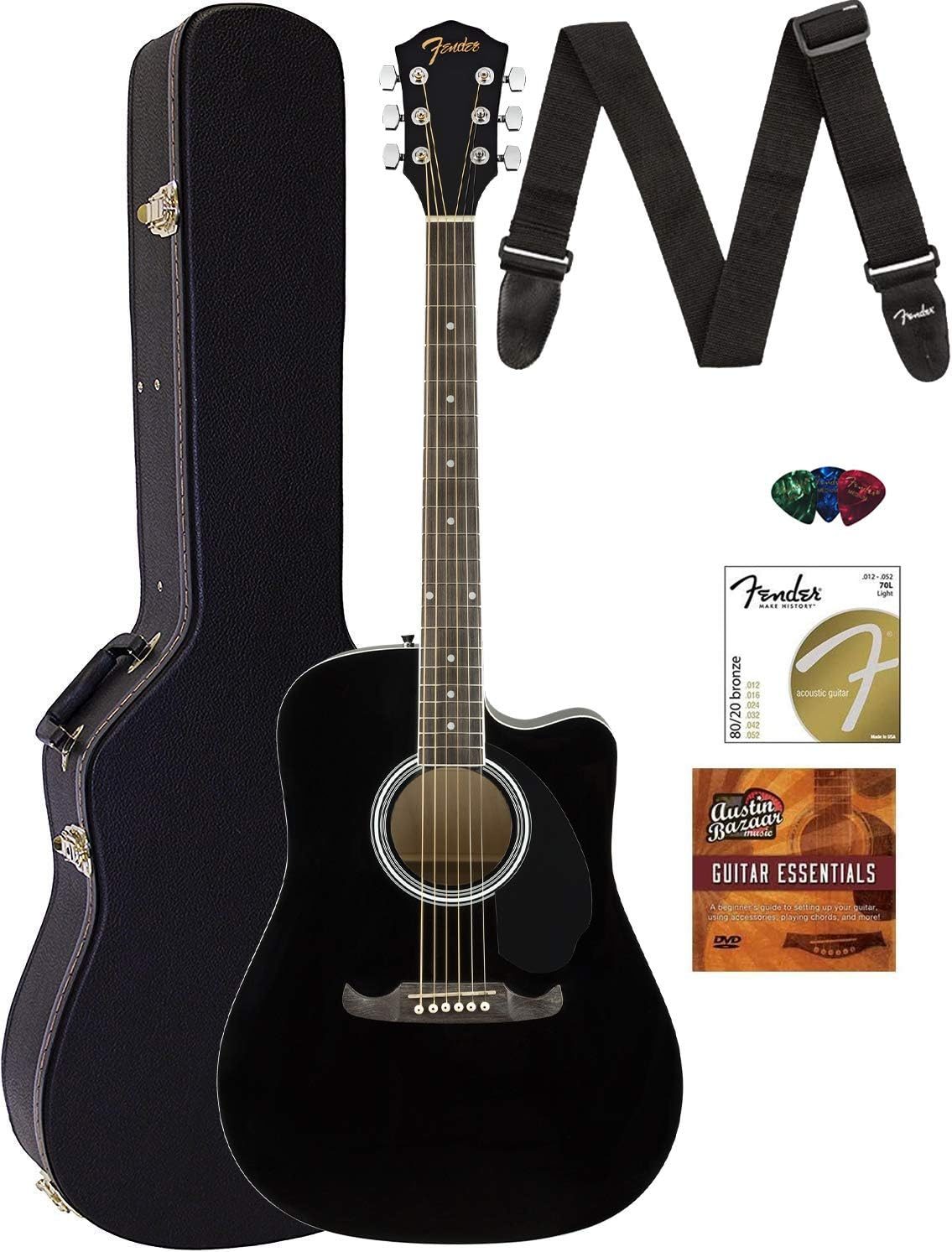
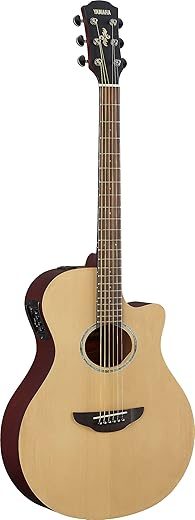

Carmelo Carfì –
Ottimi i campioni di pianoforte acustico, molto elevata mediamente la qualità degli altri suoni. Il cambio dei suoni “al volo” non è possibile se non facendo un lavoro di programmazione in precedenza memorizzando tutto nelle memorie utente (40), che sono raggiungibili più rapidamente.
Jonathan Hughes –
The item shows with a stand however does not come with it. There is also no clear condition stating the piano does not come with stand. Its VERY misleading and dissapointing. Furthermore the stand shown in teh graphic is not avaliabel to buy. So our keyboard is sitting on the floor. For this reason i dont recomend this item as I believe it was deliverately falesly advertised.
Mario Leal –
Suena increible, se ve bien, sensacion casi real de un piano y en general funciona muy bien, solo falta el manual en la caja ya que viene solo una guira rapida de inicio sin explicacion de las funciones
Enrique Galbeño –
Muy bueno en todos los aspectos, buen sonido, posibilidades increíbles. Por ponerle una pega, el Atril debería haber sido configurado de otra manera mas firme para soportar un Album de partituras.
D. Grieco Jr. –
If you’re considering purchasing this piano, you’re probably also looking at the Yamaha DGX-660, the Casio PX-S3000, CDP-S350, or some others. The Korg XE-20 along with the others I just mentioned are full 88-key pianos that are also arranger keyboards (lots of voices, auto-accompaniment, etc.) Before you buy you MUST check out the YouTube videos made by Jeremy See… Not only did he do a couple of dedicated videos on the XE-20, he did a head to head on all the pianos I just mentioned. He also did numerous videos on Korg’s EK-50. To understand the full arranger functionality of the XE-20, it’s important to look at all the Korg EK-50 videos… the sounds, rhythms, and “style” presets of the XE-20 are nearly identical to Korg’s EK-50.
First, this is without a doubt a piano made to play at home. Go on Korg’s website and check out their promo material. The headline says, “A digital piano with automatic accompaniment; a full concert performance experience at home”, and this piano is listing under their “Entertainer” series. Plus, the aesthetics scream HOME to me. It’s really a beautiful instrument. I’m not saying that you CAN’T take this piano out on a gig… it’s not the weighty beast the Yamaha DGX-660 is and as a matter of fact, is only a pound or two heavier than the acclaimed Casio PX-S3000. However, the minimalist control panel which I’ll get into later makes it less than ideal to use on a gig.
THE GOOD STUFF…
SOUND –
Piano 1 & 2 (German & Italian, respectively) … Glorious sounding. The German piano is a little more sweet and mellow sounding whereas the Italian piano has a brighter timbre. Both are amazing samples of two concert grand pianos that cost six-figures, AND they can be layered to play together! The fact that they’re provided in a $799 instrument is terrific. Yes, there are a ton of other piano sounds on the XE-20, but these two are without a doubt the best.
700+ additional voices… First, the sheer number of voices is incredible. Most of the sounds I’ve tried are really cool! There are some “clunkers” in there and included in that 700 number are sound effects like whistles, thunder, rain, helicopter, screaming… nothing you would likely use in a live playing scenario, but more like stuff you’d use during recording. That said, if you don’t find at least 50 favorites in that 700 number, you probably didn’t test them all out. Last but certainly not least, you can layer up to three voices together to create an almost infinite number of possible new voices… that’s pretty bad@$$. The voices are thankfully grouped by category, but sadly there doesn’t seem to be any organization after that. For example, there’s a section for choir voices and pad sounds and they’re all mixed up together and they jump around between the two. I was pleasantly surprised to see some sounds labeled POLYSIX. I owned a Korg POLYSIX in the 80s and oh boy, do these voices faithfully recreate those! There are some effects editing capabilities that can be done to the voices, but it’s really a stripped down version of what’s on the EK-50 which I discuss later in some of the things that aren’t so great about this piano.
The speakers are great and don’t distort even at high volume. The default EQ setting on the keyboard is BASS BOOST and I find that right out of the box the sound is great without having to play with any settings. I agree with Mr. See’s assessment… the speakers sound better than headphones which is really a testament to how good they are.
KEY ACTION –
Okay, I’m not a pro musician and I don’t regularly play an acoustic piano to be able to tell whether or not this key action accurately mimics one or not. All I can say is I’m thrilled with the way it plays. The keys are nicely weighted, I can get very expressive while playing it, and I’ve played it for hours without being fatigued. If you ae looking for exact duplication of a real acoustic piano’s action, then that’s the kind of money you need to spend to get that… not $799. TBH I don’t understand the need to compare sub $1000 digital piano key action with acoustic or even digital pianos costing thousands of dollars more than this one. Digital pianos are not acoustic pianos and never will be and not for nothing, not every acoustic piano’s action is a joy to play. The action is either good or it’s not… simple as that and for me the XE-20’s is very very good!
ARRANGER FEATURE … AUTO ACCOMPIMENT –
This feature is SO much fun I can’t even put it into words. There are 280 general “styles” and an additional 64 “music styles”. Best I can describe the difference between these two… a “style” covers a genre of music in a general way and a “music style” is more programmed to sound like a specific song. For instance, there are several general “styles” you can choose to play the song Hotel California, however there is a specific “music style” called Hotel California that can be selected that really gets closer to way the original song sounds.
What is a “style”? … a “style” is a keyboard preset that includes rhythm, drums, percussion, backing music, and “other” stuff that plays in the background while you play the forefront stuff. The forefront stuff are preset voices that complement each other that can be switched on or off or played in unison as you see fit. For example, a particular “style” might be a 70’s ballad. In the background you’ll hear drums, bass, acoustic rhythm guitar, etc. The rest of the keyboard may be set to Acoustic Bass for LOWER 1, Grand Piano for UPPER 1, Strings for UPPER 2, and Pad for UPPER 3. If you want to play just the Grand Piano… press the UPPER 1 button and leave the other three off. If you want to play Grand Piano & Strings together, activate UPPER 1 & UPPER 2 and play. Any combo of LOWER #1 UPPER #1 #2 or #3 works so for every “style” you can very easily tweak it to the what you want to hear or switch them on/off on the fly. You can also have this kind of control over the backing stuff. If for instance you only want to hear drums and bass, you can simply turn the other stuff off. It’s really incredible how easily this can be done.
For the accompaniment stuff you get two intros, four accompaniment variations, two fill-ins (one is shared by variation 1 & 2, the other is shared by variation 3 & 4), and two endings. That’s WAY more than the competition and quite frankly, absolutely necessary if you don’t want the background of what you’re playing to sound robotic.
As far as the quality of the “styles” go, I’d say they’re pretty great!.. they’re professionally done and don’t sound cheesy at all. Plus, with four variations for every “style”, if you’re not too crazy about a particular variation, you have three others that may work better for what you’re playing. There are a couple of “styles” I use where I prefer one variation over the other, and experimenting is the key to determine how the fill-ins work between two variations. Are all of them great?… no. But there have been quite a few that are so fantastic that they just put this huge smile on my face as I’m just playing chord progressions while switching the variations around using the fill-ins to change it up. Plus, with so many different types of styles (ballads, rock, country, latin, waltzes, jazz, etc) there really is something for everyone and it’s really inspiring me to learn how to play new songs so I can use as many as I can … so much so, that I’m taking online piano lessons to do just that.
Although you can’t create a “style” from scratch like on some higher-end boards costing a LOT more $$$, what you CAN do is substantially change any preprogrammed “style” very easily. You can swap out the instrument voices on LOWER 1, UPPER 1, UPPER 2, and UPPER 3 for any other voice, percussion kit, or drum kit in the XE-20. DRUM, PERCUSSION, and BASS parts can also be swapped for other kits or instruments. Like a backing track and think it would sound better to have a synth bass instead of a slap bass?… no problem. Want to change out a standard drum kit for the “Jungle Kit”? … you can do that too. Is that accordion sound sitting in UPPER 1 hurting your ears?… swap it out for something else. PLUS… you can adjust the volume of the accompaniment as a whole, or the volume of any individual UPPER or LOWER part as you see fit. Experimenting with these features has been a lot of fun and really opens up a whole bunch of possibilities if you feel your go-to “styles” are getting a little stale sounding. Once you get a “style” sounding the way you want by doing this, simply save it to one of the 40 onboard registrations.
Lastly, you can also upload additional “styles”. I’ve already added bonus “styles” from Korg so now I have a total of 440 “styles” sitting on this piano… way more than I’ll ever need. FYI… MK-50, & MK-50 Limitless “style” files are compatible with the XE-20… I’ve uploaded the “bonus” styles from Korg and they work just fine in the XE-20. Just like the preloaded “styles” on the XE-20 not all of them are great. But like the styles that are native on the XE-20, they can be changed by doing the editing I mentioned earlier plus, they were free to download.
To sum the “styles” part up… 440 “styles” + all the variations of each “style” + all that tweaking you can do to them, really adds up to a whole lot of versatility that won’t be easily outgrown.
USER INTERFACE
All the things I just described sound pretty complicated but they’re really not and that’s thanks in large part to the user interface on the keyboard. It’s laid out really nicely and you can access almost every feature of the keyboard without diving too deeply into sub menus. What this basically means is that out of the box, you’ll be playing within seconds of powering on and if there’s something that you’d like to change, it’s doable with very few button presses. The simplicity of this user interface is also an Achille’s Heel so to speak which I’ll get into in a bit.
THE NOT SO GOOD STUFF…
1. The music stand… it’s flimsy and mine didn’t survive the shipping process (arrived broken). One of the nice things Korg provides with this piano is a generous list of software. Software runs on an IPad. IPads aren’t the lightest things on the planet and how do we use IPads??? We use them with our fingers and press on the screen. This music stand couldn’t be flimsier and really needs to be able to better support an IPad that someone is going to be using while playing.
2. The damper pedal… the proprietary connector Korg uses looks like it’s going to be trouble down the road. It’s a cheap looking tiny plastic thing that appears to be designed to be a permanent connection once it’s positioned and not something that’s made to be removed and inserted a bunch of times. I have no room in my house to keep this piano setup all the time… I keep my piano in a gig bag in the closet and take it out and pop it on an X-stand when I want to play. That connector is awful for my situation.
3. The user interface… As easy as it is to use, because it lacks a 0-9 number keypad, the interface makes it extremely cumbersome to call up a specific sound or style number. If I want sound #257 for instance, I first must use the category button to get close and then use the jog wheel to scroll to that number. This situation is what makes this keyboard a not so good choice for gigging. In this example I actually wish there were a few MORE buttons on the control panel. There could be more room for more control buttons if the length of the fabric speaker covers which are as long as they are for aesthetics were shortened. Or putting a few more on the same plane as the power, volume control. piano 1/2 buttons would also work too.
4. Double pressing buttons to get the accompaniment variations to change is for the birds. Again, a few more buttons, one for each variation, would have been great. Yeah I know… that’s how pretty much all other keyboards are set up, but just because that’s the way it’s done doesn’t mean there’s no better way.
5. The display… It’s flush to the surface it’s on. Tilting it toward the player a bit, say a measly 15 degrees, would have made for better visibility.
6. TBH right now I don’t miss having pitch bend / modulation control because I generally keep my hands on the keys. But as I get better on this keyboard I can definitely see where I would eventually get to want to use that kind of thing.
7. The free software included with the XE-20 only runs on IOS… not Android or Windows. Now I have to buy an IPad!
8. I really like the “music styles” but wish there were more in the 64 of what I’m interested in. Sure, that 64 number is good amount, but a majority of the 64 are songs I really don’t want to play right now. What would be even better would be the ability to swap out the standard “music styles” with “music style” sets that could be purchased for a nominal fee and uploaded to the piano. “Music styles” that cover a specific genre or era of music like British Invasion, 60s Classic Rock, Contemporary Latin, or something like that would be cool. This way, everyone gets more of what they want, and less of what they don’t.
9. Although you can change the 64 “music styles” to suit your playing (swap instruments, adjust part volumes, etc), you cannot save those changes to a registration for recall later. Don’t know why, you just can’t.
10. The recorder functionality on the XE-20 is MEH! I wish the sequencer of the i3 had been incorporated into this piano. Sure, there’s a MIDI port and there’s DAW software that comes with this piano but a). I don’t have an IPad, and b). although I did download and install Cakewalk (free) on my Surface tablet, it’s not one of those programs where you can just dive right in and be productive without watching like 10 training videos. An easy to use, fully functional sequencer right on the piano would have been a welcome addition.
11. Although the XE-20 shares a lot with the EK-50, some of the most useful functionality found on the EK-50 has been stripped away from the XE-20. Most notably, the EK-50 has 170+ preprogrammed setups to LOWER1, UPPER1, UPPER2, & UPPER3 called KEYBOARD SETS that you can select and just play or apply to preprogrammed “style”. You can’t do this with the XE-20 & utilizing something that’s factory preprogrammed to sound good is a lot easier than experimenting on your own and swapping out individual voices. Also, you cannot do anything with the effects that are applied to the “styles” other than increase or decrease how much of the preprogrammed effect is applied to what’s assigned to the LOWER & UPPER sounds… you cannot swap out one effect for another. These are really a glaring omissions since they already exist on the Korg EK-50 which costs hundreds less than this piano, and are found on a direct competitor, the Casio PX-S3000, which provides this functionality at almost the same price as the Korg XE-20. Instead of being the “flagship” keyboard in Korg’s entertainer series that it should be, the XE-20 lags behind its less expensive counterpart in features and functionality.
WHY I PICKED THE XE-20 OVER THE COMPETITION…
Yamaha DGX-660 … Needs an update and is too expensive considering the competition. It’s almost 50 pounds and way too large for my needs. Less voices (only about 150 of the 500 total are high quality)… less rhythms… less versatility (you cannot layer more than two voices nor can you switch between the two of them with the press of a button. When Yamaha finally gets around to updating this piano watch out! I’d like to see Yamaha put the guts of the PSR-SX600 or maybe even the PSR-SX700 into the DGX-660 form factor and THAT will be the piano to get (if they can put it on a diet that is).
UPDATE: Yamaha has released the DGX-670 and it’s awesome. Is it better than the XE-20?… in a lot of ways yes (quality of the sounds & arranger features), in some ways no (the XE-20 is so darn simple to use but still powerful). Would I have picked the DGX-670 over the XE-20?… probably not. I can’t stress enough that the DGX-670 is twice the weight of the XE-20… the big deal-breaker for me. I keep my XE-20 in a gig bag in my bedroom closet when I’m not playing it – something I wouldn’t be able to do with the Yamaha easily.
Casio PX-S3000 … This one came in second. There’s a TON of things you can do with the sounds and stuff, but much of the functionality is buried deep in seemingly endless menus… I need easy and don’t want to “work” to get stuff to work. Getting rhythm variations and fills to fire while performing is a skill not easily acquired and doing that without tactile buttons would be more difficult for me to master. The side by sides I’ve heard on YouTube (sounds and styles) aren’t what you get with Korg. Korg’s voices and styles are just better IMHO plus, Korg has double the amount of rhythm variations and more sound layering capabilities.
Casio CDP-S350 … Meh! It’s got the sound and style numbers and all that, but the ability of the Korg to layer three voices together and turn them and the accompaniment parts on and off with a button press just blew me away. The sound quality of this piano is not as good as the PX-S3000 and I already liked the sound quality Korg provides over the 3000. I really felt that if I bough this piano, even though I’d be saving more than $300, I’d be wishing for more down the road.
Casio PX-360… At $899, it’s the $50 more than the PX-S3000 which is newer and gives so much more.
Casio PX-560… $1199 was out of my budget. The PX-560 has some really intriguing features like the ability to create custom styles and a built in synthesizer but for me, it’s not worth the extra $400 over the cost of the Korg to be able to do that. Also, this is a professional’s keyboard and has way more functionality and power than I’d ever use. As such, the learning curve is pretty steep and doesn’t have the ease of use the XE-20 has.
Pretty much every other 88 key digital piano… I wanted an 88 key piano with arranger functions. There’s tons of 88 key digital pianos out there, but very few are full-fledged arranger keyboards too.
CONCLUSION…
Not so good stuff aside, I’m extremely happy with this piano. I sit down to play and before I know it, three hours have passed by and I’m loving it. It’s so much fun and I’ve barely scratched the surface regarding the sounds and styles. If you’re looking for a great digital piano for learning, playing, entertaining, etc… this one should be on your short list.
Wolfgang Liebert –
The media could not be loaded.
Bei der ersten Lieferung waren die unteren acht Tasten h-c-d-e-f-g-h-c defekt. Defekt heißt, sie erklangen nur deutlich abgeschwächt. Umstellen der Anschlagstärke, Neustart und schließlich der Werks-Reset, brachten keine Besserung. Egal welchen Sound man einstellte, die acht Tasten blieben deutlich leiser als die restlichen achtzig. Gerät ging nach Telefonat mit Amazon zur Klärung der Versandkosten zurück.
Da ich das tolle Korg Keyboard aber unbedingt haben wollte, bestellte ich noch vor der Geldrückgabe ein zweites vom selben Verkäufer (es gab nur noch zwei). Auch das zweite hatte diesen Defekt, wenn auch nur bei einer Taste (s. Video). Da ich Berufsmusiker bin, ist das Keyboard für mich unbrauchbar, außerdem wäre es nahezu unverkäuflich.
Ob dies dem Händler bekannt war weiß ich nicht, aber nach 3 Wochen bin ich nun ohne Keyboard und warte noch auf beide Rückbuchungen, die zwar bestimmt bald kommen, aber ich kann diesen Verkäufer leider nicht empfehlen. Hatte mich schon über den günstigen Preis gewundert. Aber ich würde es so nicht mal für den halben Preis nehmen.
Evgeny Krutov –
Great piece!
DeltaNine –
The Korg XE-20 performs well and has many interesting features. On my sample, the lowest A and B keys produce a dull, muffled sound (hence the 4-stars for sound quality), but since these notes are rarely used, I’m living with that defect. Otherwise, the sound through the built-in speakers is very good. The adjustable touch is a useful feature. The menu system for selecting options is logical. My sample came with the Quick Start booklet but not the Owner’s Manual; I had to download that from the Korg website. You really need both books to utilize all the features. Overall I’m very happy with this item.